Corn can be ground into flour, boiled into syrup, eaten on or off the cob—or popped … but can it be grown in the Yukon?
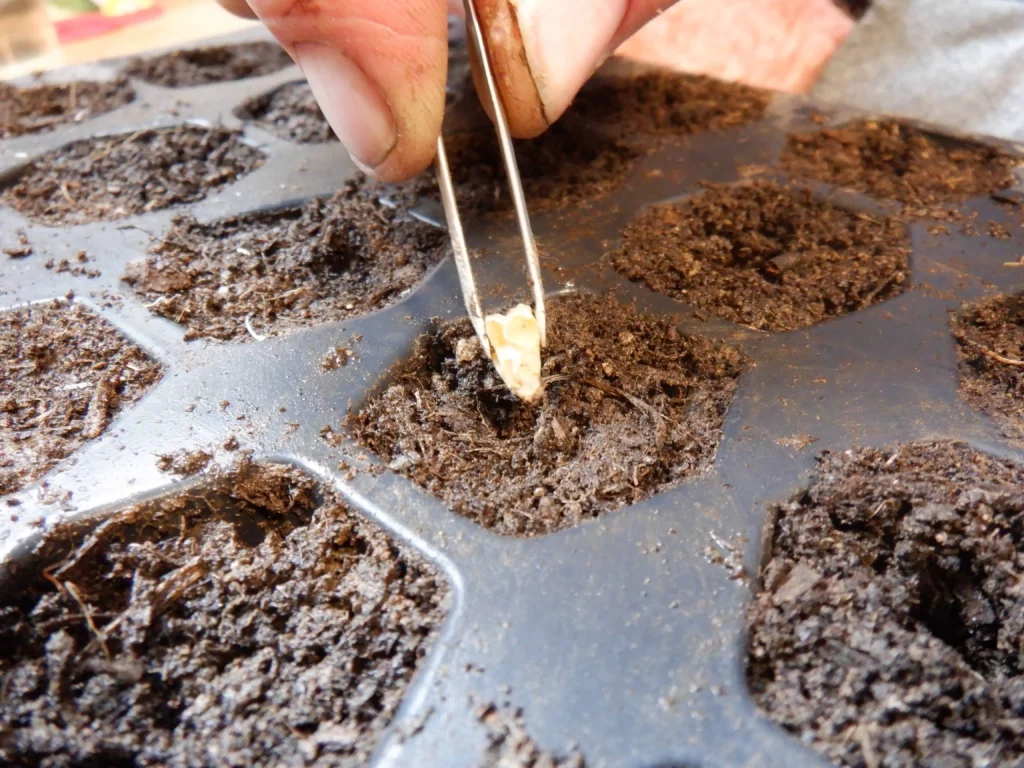
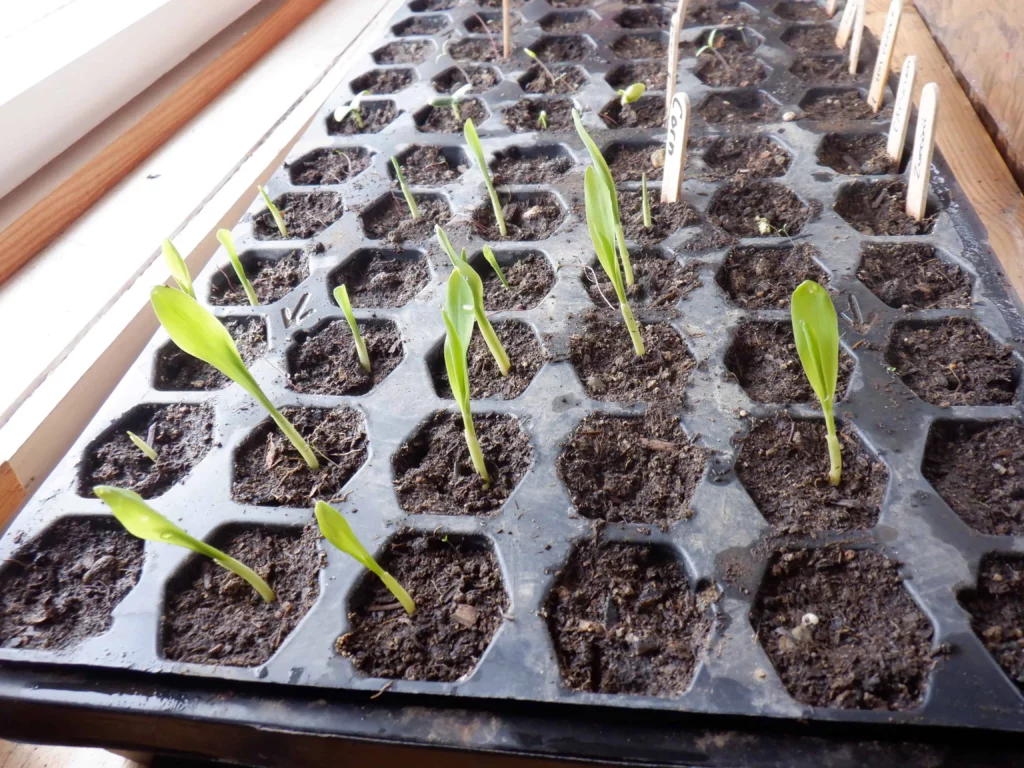
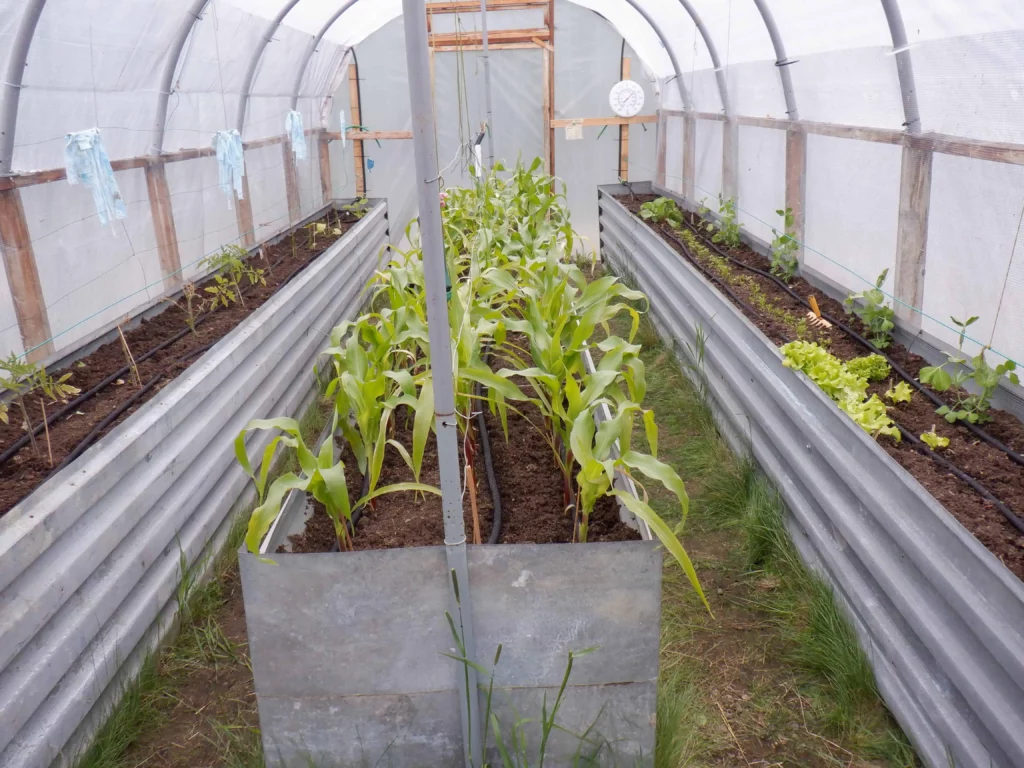
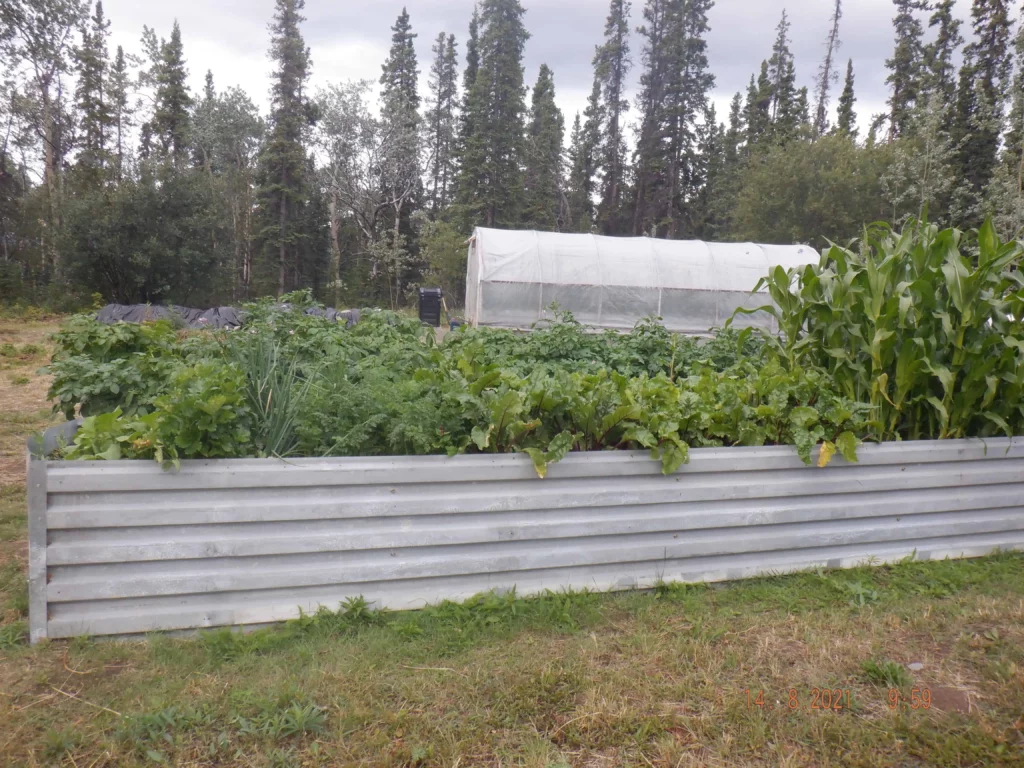
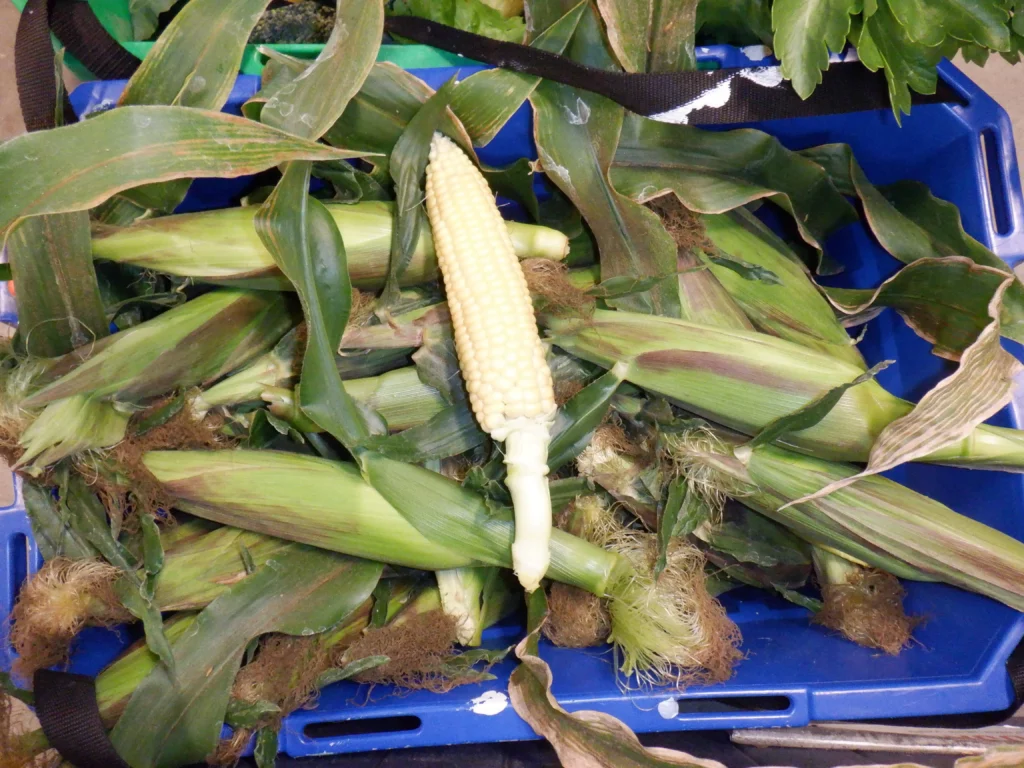
The first time we tried growing corn in the Yukon, we sowed the seeds directly into our garden box outside the house. They grew big and tall, with nice tassels, but never made it to the cob stage.
The next year, we built a greenhouse and tried growing corn in pots—and it worked! We were thrilled with the eight-inch cobs. We are slowly perfecting the art of growing corn in the Yukon and have been enjoying last year’s cobs, all winter, out of our freezer. As we plant seeds for this summer, I thought I would share some tips that we have learned over the years.
Don’t start too early: Although seed packages say to sow directly in warm soil after all danger of frost is gone, we have always started ours inside in seed trays. But unless you plan to grow in pots and have lots of room, wait until two weeks before you plant them because they grow quickly. We were so gung ho, our second year, that our plants were already two feet high on May 11 when the ground was still covered in snow. Luckily, we had lots of room and big pots they could stay in when transferred to the greenhouse.
Plant like a dentist: Corn seeds are shaped like a tooth, with the root coming out of the skinny end, so planting them the right side up gives them a much better chance of sprouting. Putting the seedling tray on a warming mat speeds up the process. Instead of the usual seven to 10 days, our seeds sprouted the very next day when we used a warming tray. When you transplant them, do it in groups—not in one long row. Corn likes to be in three or four rows so the wind can easily spread its pollen.
When buying seeds, pay attention to how many days to maturity: Some types, like Pike’s “Buttergold” say on the seed pack, that they have been especially adapted for northern climates. We have found quite a few strains that reach maturity between 60–65 days: plenty short enough to be grown in the Yukon. Just be careful not to plant them too early (wait until two weeks after the last frost), unless you cover them at night. Other varieties take up to 80 days to mature, which is perfect for a greenhouse where you can start them earlier and leave them longer.
Avoid combining different kinds of corn: At the very top of the back of the seed pack (the part you often rip off) there is usually a warning to grow them away from other corn varieties by 7.5 metres—to avoid cross pollination, which can affect the taste, colour and texture of the kernels. There are some varieties, though, like “Honey Select Triple Sweet,” that don’t require isolation from other varieties. You can also plant two different kinds together if you allow 14 days between times of maturity (parkseed.com/know-before-you-grow-corn).
Grow in stages: There are two good reasons for this, although it is a bit tricky with our short season. The OSC “Sunnyvee Sweet Corn” pack advises to make several plantings, seven to 10 days apart, to avoid plant stresses at silking. Also, you can enjoy fresh corn: corn is best as soon as you pick it, but the whole crop tends to mature at the same time, so several plantings means we get to enjoy it fresh for longer.
Pick cobs at the right time: I think this is the trickiest part but also the most crucial. If you pick them too soon, the kernels won’t be formed all the way up the cob; but if you wait too long, the corn becomes tough and tasteless.
Freeze them in their husks: There are lots of ways to preserve corn, but the easiest is to put them in freezer bags, husks and all. You don’t even have to parboil them. In the middle of winter, you can pull them out of the freezer, boil or microwave them, and enjoy the taste of your garden again.
Recycle the cobs: Cut them up and throw them in the compost. Or, if you want to stretch out their goodness even more, boil them up with some brown sugar and make your own corn syrup.
Nothing beats snapping off a cob of corn, peeling off the husk and biting into the juicy kernels of raw corn. The first week in May is a good time to get started if you want to try growing corn in the Yukon.




